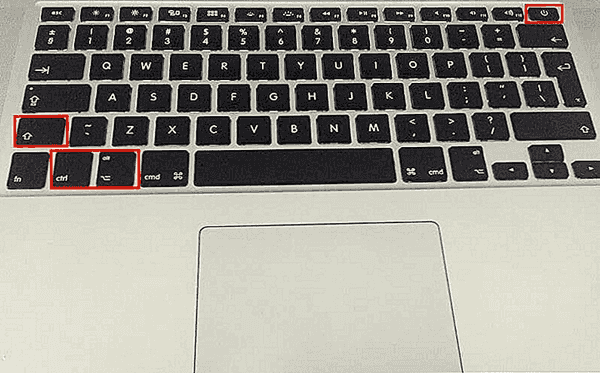
In the same support document, Apple highlights that the ideal way to shut down your Mac is via → Shutdown… in the top left corner of the menu bar, not using the power button. On the right: 2018 MacBook Air power button/Touch ID On the left: power button/Touch ID on 2016 and later MacBook Pro models. Read more below about why it’s better to not use the power button to shut down your Mac.On older MacBooks you’ll see the power icon on the top right key.Look for the unmarked black square (Touch ID/power button) above the delete key.Where is the power button on new MacBooks?

Connect your Mac to a power adapter while its lid is closed and it’s connected to an external display.Īdditionally, MacBook Pro (2018) and MacBook Air (Retina, 13-inch, 2018) turn on when you press any key on the keyboard or press the trackpad.Connect your Mac to a power adapter while its lid is open.Open the lid of your Mac, even if it’s not connected to power.That’s because Apple combined it with Touch ID on its latest notebooks.Īs noted in an Apple support document, recent MacBooks will power on when you: On 2016 and later MacBook Pro notebooks and the 2018 MacBook Air, the power button is no longer labeled. When you hear the second start-up tone (or, on a Mac Pro, see a second Apple logo appear and disappear), you can release the keys and let the computer finish its start-up sequence.Looking for the power button on your new MacBook? Read on for where to find the power button on modern MacBook Air and MacBook Pro notebooks, and also why you don’t really need it. You can reset the NVRAM or PRAM by shutting down the Mac and then starting it up again while holding down the Option, Command, P and R keys all at once. If the Mac is not maintaining its settings for volume level, display resolution, time-zone information or preferred start-up disk, information held in the NVRAM may have become corrupt. Modern Macs also store some settings in an area of the system called the nonvolatile random access memory (NVRAM) older Macs use parameter random-access memory (PRAM) in a similar manner. might fix erratic Mac behavior, although it will not help with a damaged power supply or another major hardware problem. (You may also have to redo any preferences for your display and power-management settings.) While performing a reset does not generate an alert box or notification, you can tell if you were successful if the odd Mac behavior stops.

The guide also lists a series of things you should try before resetting the S.M.C. reset process for all its Intel-based Macs, including those with removable batteries and desktop models. Apple’s support site has a full guide to the S.M.C.


 0 kommentar(er)
0 kommentar(er)
